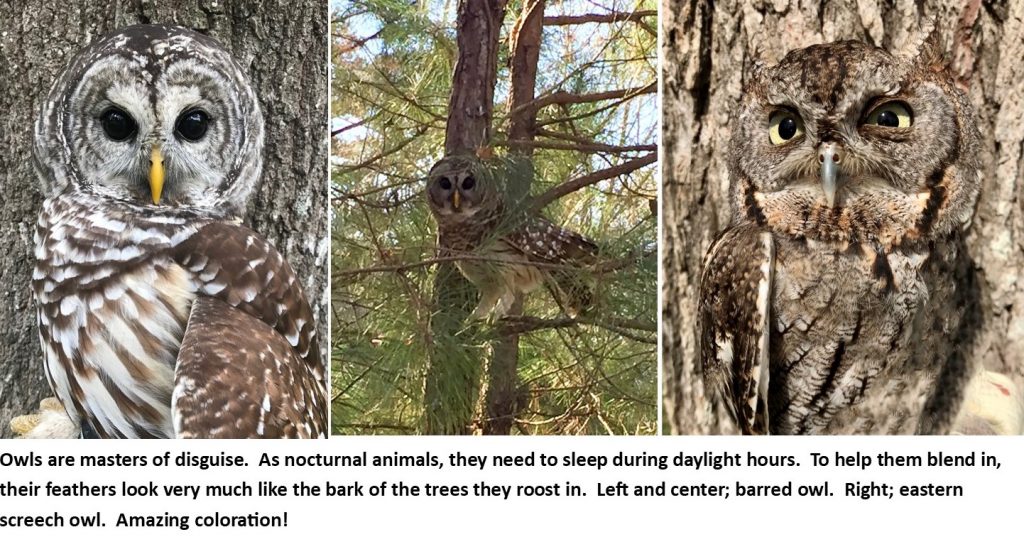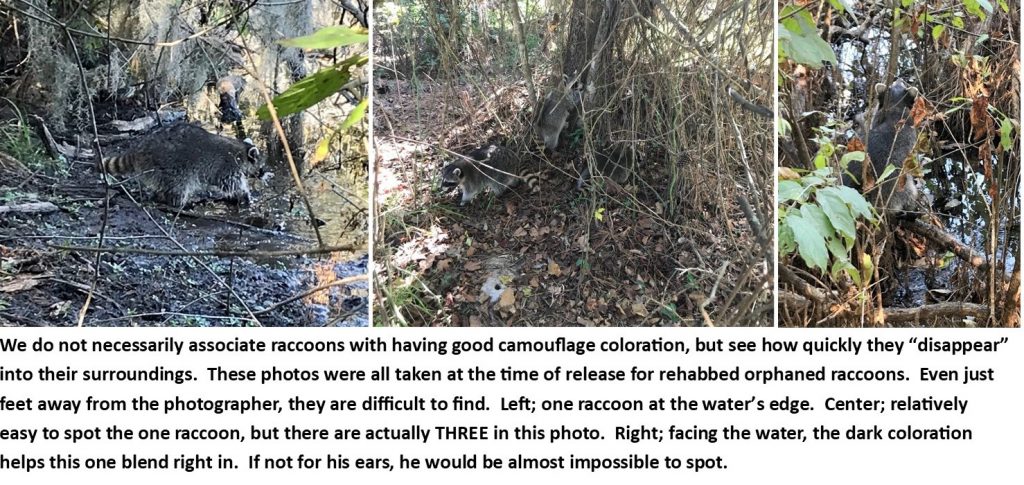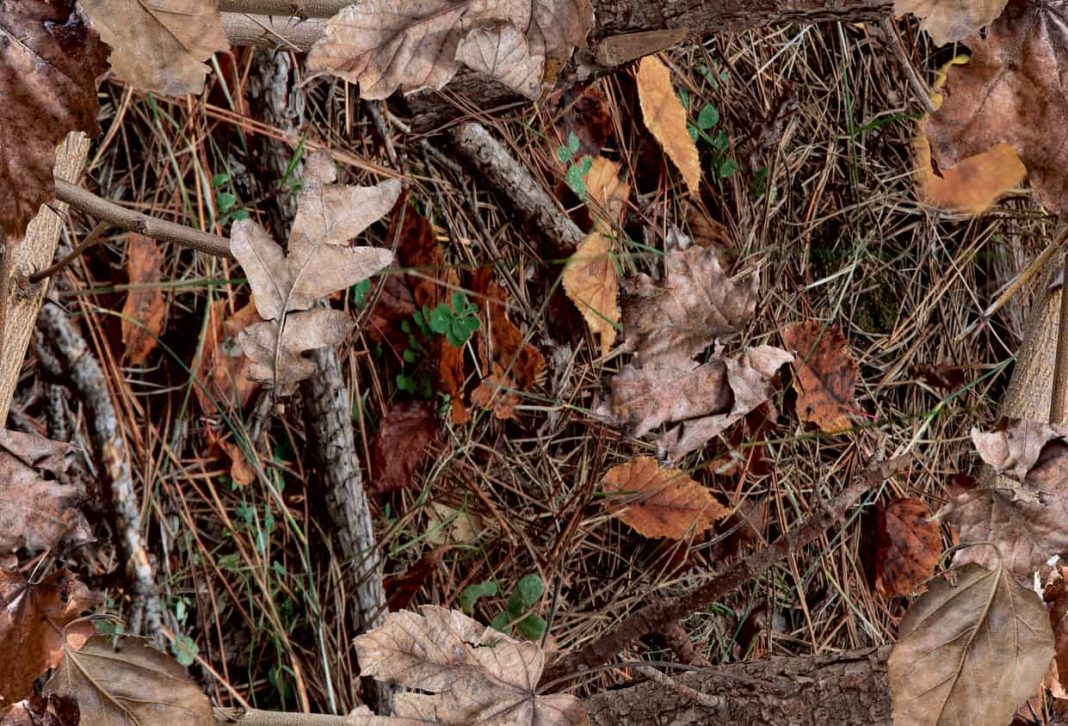As all fashionistas already know, camouflage prints are all the rage. As with most good things, Mother Nature did it first (and better!). Camouflage is an adaptation that helps an organism blend in with its natural surroundings. Blending in helps both prey and predators avoid detection, which thereby increases its ability to survive. Camouflage, also called cryptic coloration, is used to hide an animal’s location, identity, and movement.
Environmental and behavioral factors can both influence different types of camouflage tactics. For instance, some prey species adapt according to the characteristics of the predators that may hunt them. An example of this is that lions are color blind; so zebras have not adapted to blend in with their surroundings. Since zebras are herd animals, their bold, striped pattern works well because when they are together in a large group, it is nearly impossible for predators (such as lions) to single out and stalk an individual animal.
Other animals, both predator and prey, use tactics such as background matching, which is a form of mimicry. Background matching is perhaps the most common camouflage tactic. Background matching means that a species conceals itself by resembling its surroundings in coloration, form, or movement. Many animals have adapted to resemble the coloration of their surroundings. This generally results in colorations that are earth toned; however, in colder climates, some animals will change their fur or feather coloration to white in winter months. Some examples of animals that change from brown coloration to white in winter are arctic foxes; weasels; snowshoe hares; lemmings; and ptarmigans. Certain animals take background matching to even higher levels; instead of merely mimicking the coloration of their surroundings, they have evolved to look like other natural items. Some examples of this would insects (such as the walking stick and walking leaf; the ghost mantis; katydids; the dead leaf butterfly; and giant swallowtail caterpillar (which looks like bird poop!), the stonefish, and the leaf-tailed gecko. In addition to their coloration, their movements may also mimic leaves, twigs, etc.
Another type of camouflage is called disruptive coloration. This type of coloration usually acts as a distraction to confuse predators. An example of this type of coloration would be “false eyes”, which can cause a predator to misidentify what they are looking at (which may either dissuade them from attacking or cause them to go after “the wrong end” of a prey species). Many butterflies and moths have large, circular markings on the upper parts of their wings, and many fish have similar markings near their tails. These large eyespots resemble the eyes of animals much larger than the animal they are on, so this protects the animal by either scaring off a predator, or at the very least misdirecting them to a less-vulnerable part of the body.
This month’s article contains a few more photos than normal, simply because we continue to be amazed and impressed by the true beauty and complexity of how well adapted some of our animal friends are. We hope you have fun searching in some of these pictures to find the critters! To learn more about what we do and view pictures of many of the animals we assist, please visit our Facebook page at www.facebook.com/SavingTexasWildlife. Details can be found at www.ftlw.org, and then click on “How to Help”. We also have a great deal of helpful information on our website about many species of animals and how to assess if they need help or not. If you need assistance with an animal you may have found, please email us at [email protected]. For the time being, due to ongoing Covid concerns, our educational center remains closed, but we are participating in many online presentations and will be posting more educational videos on our Facebook and YouTube page in the coming weeks. We hope moving forward into 2021, we can get back to a more normal schedule, including educational presentations, camps, birthday parties, and scouting events. We will keep everyone posted!…

















